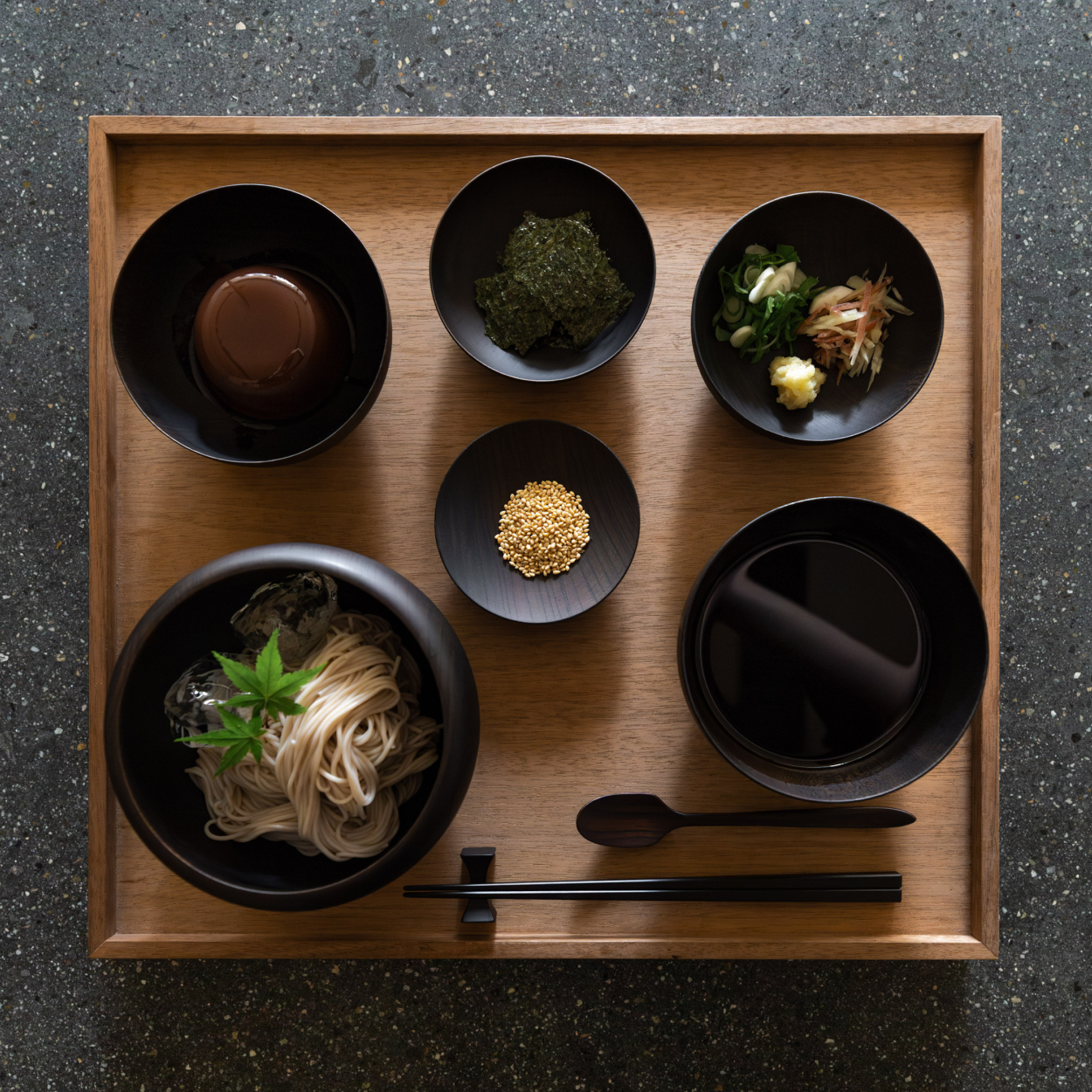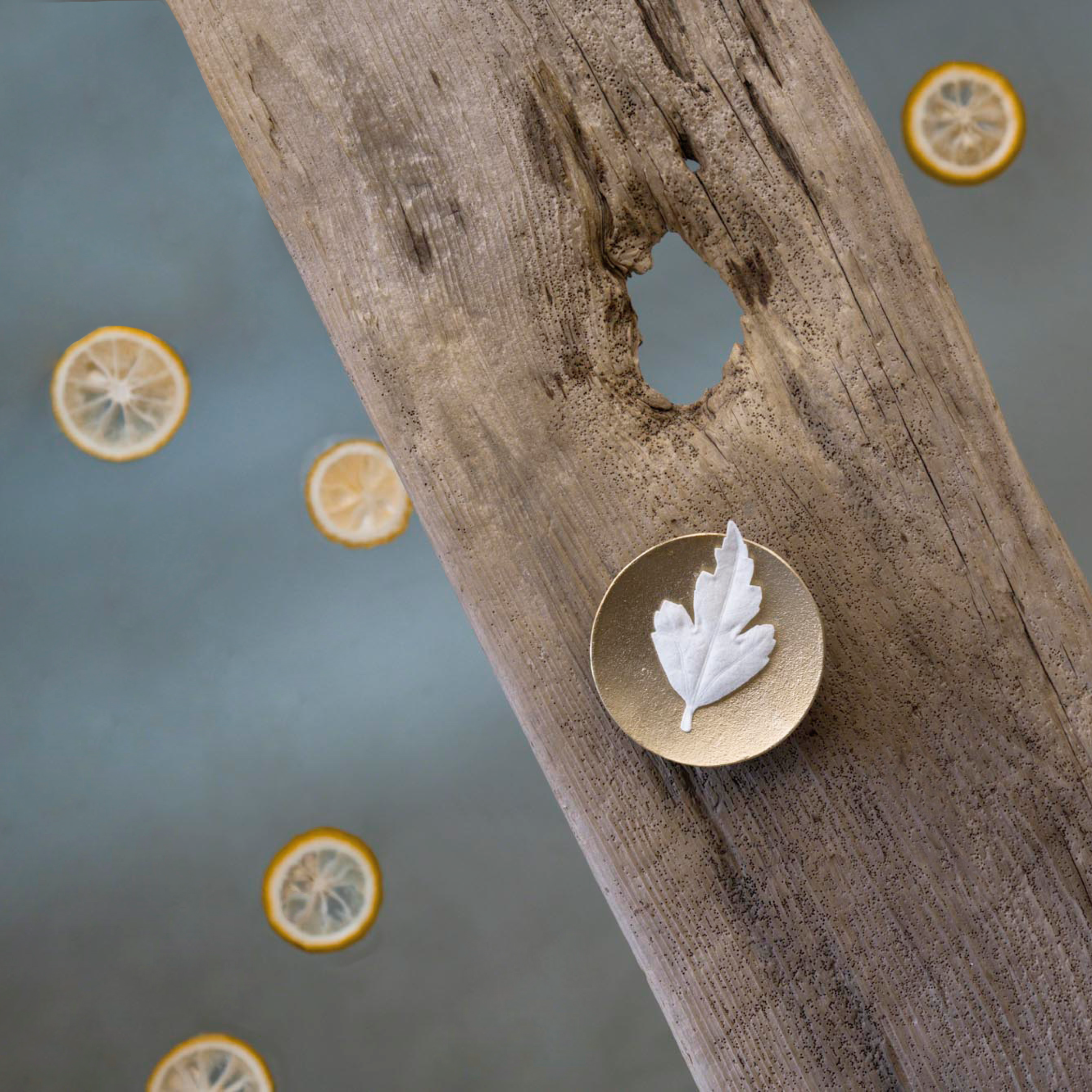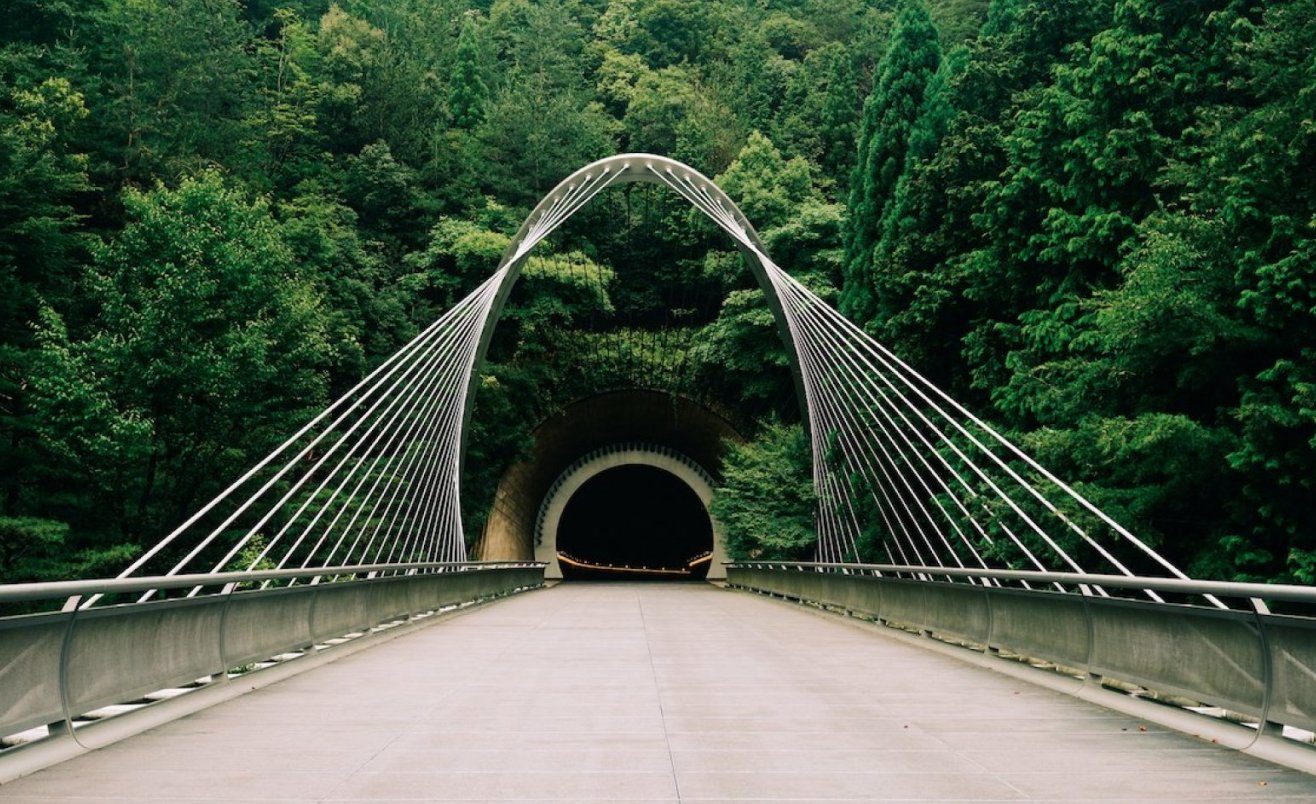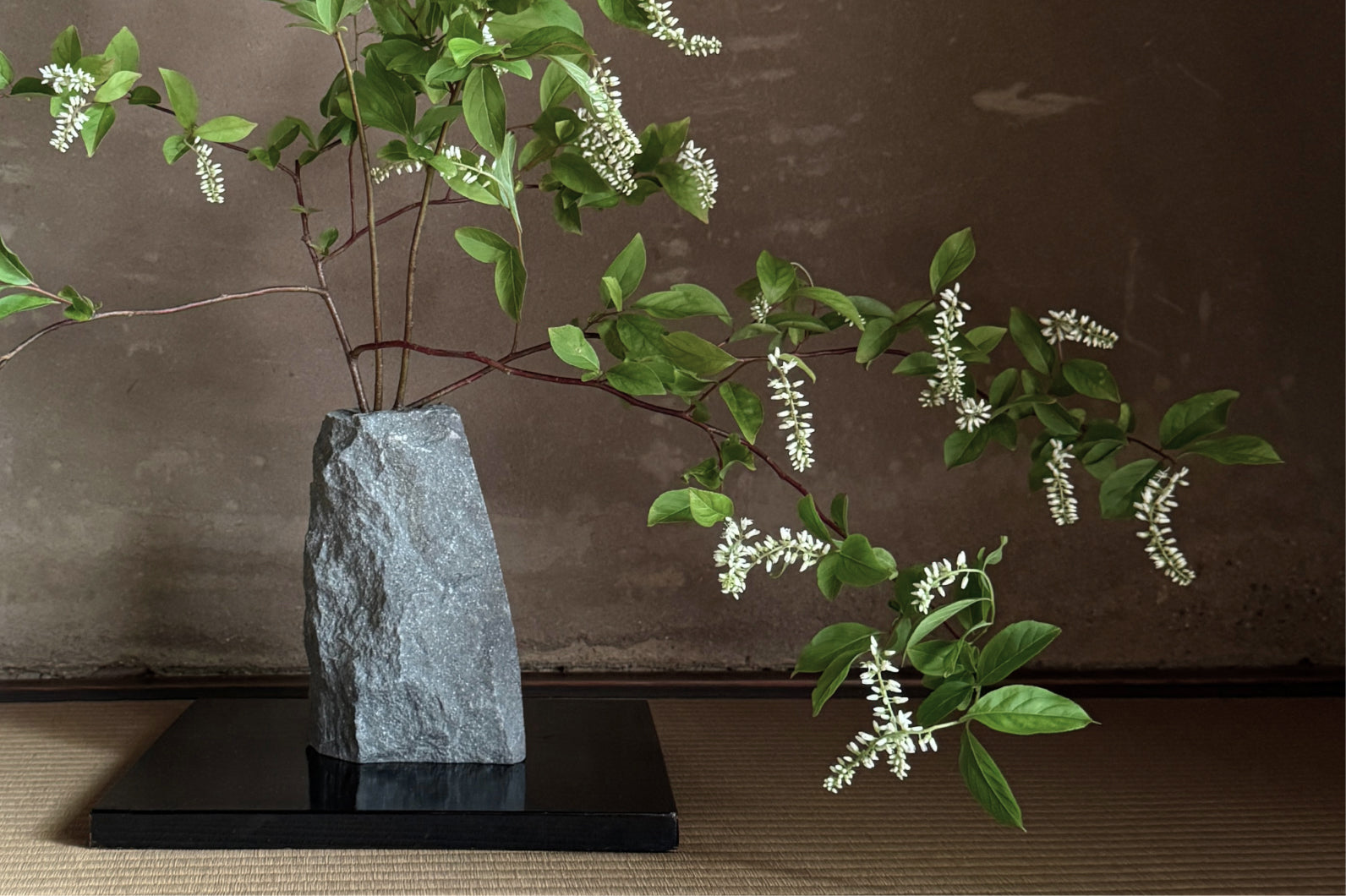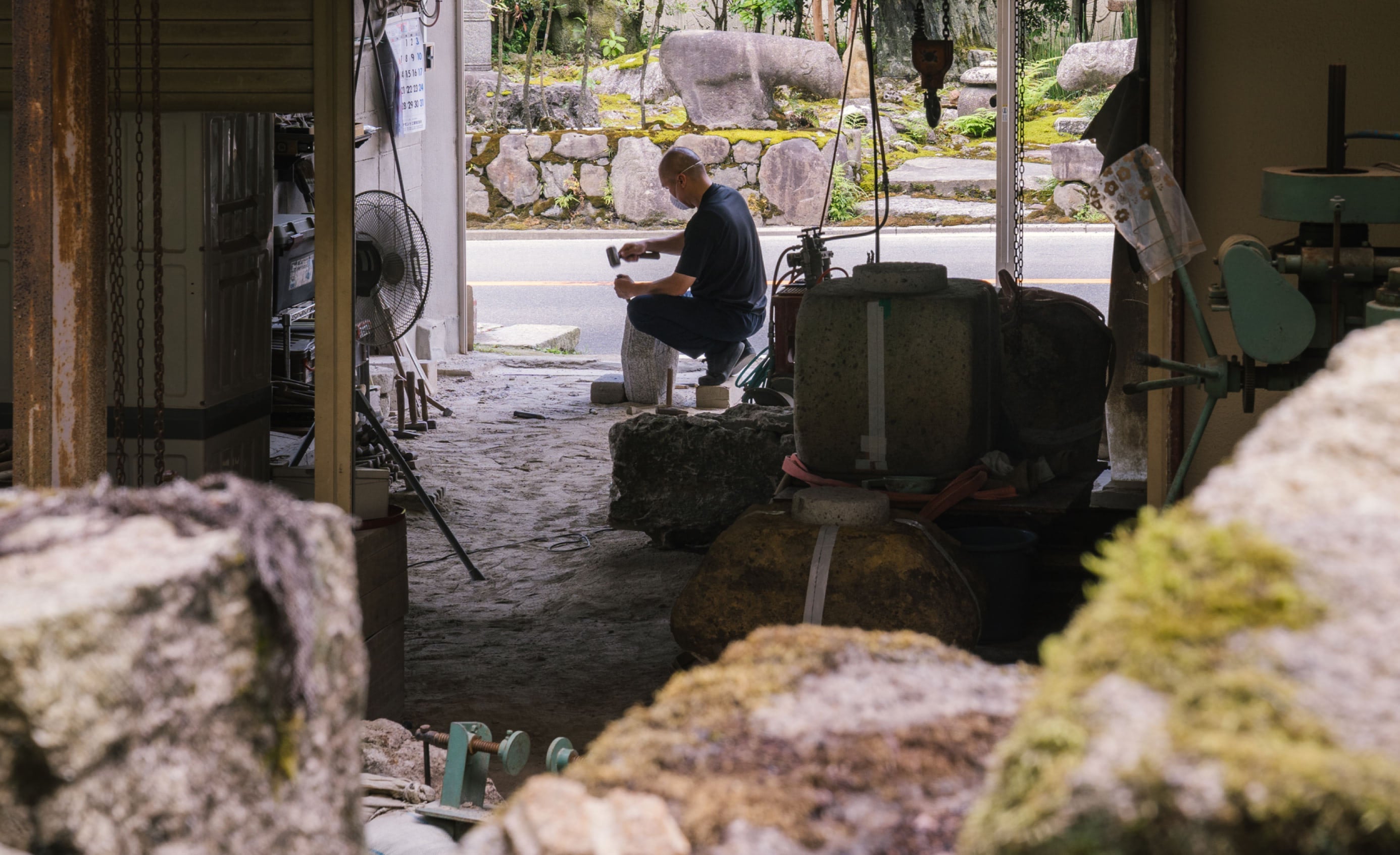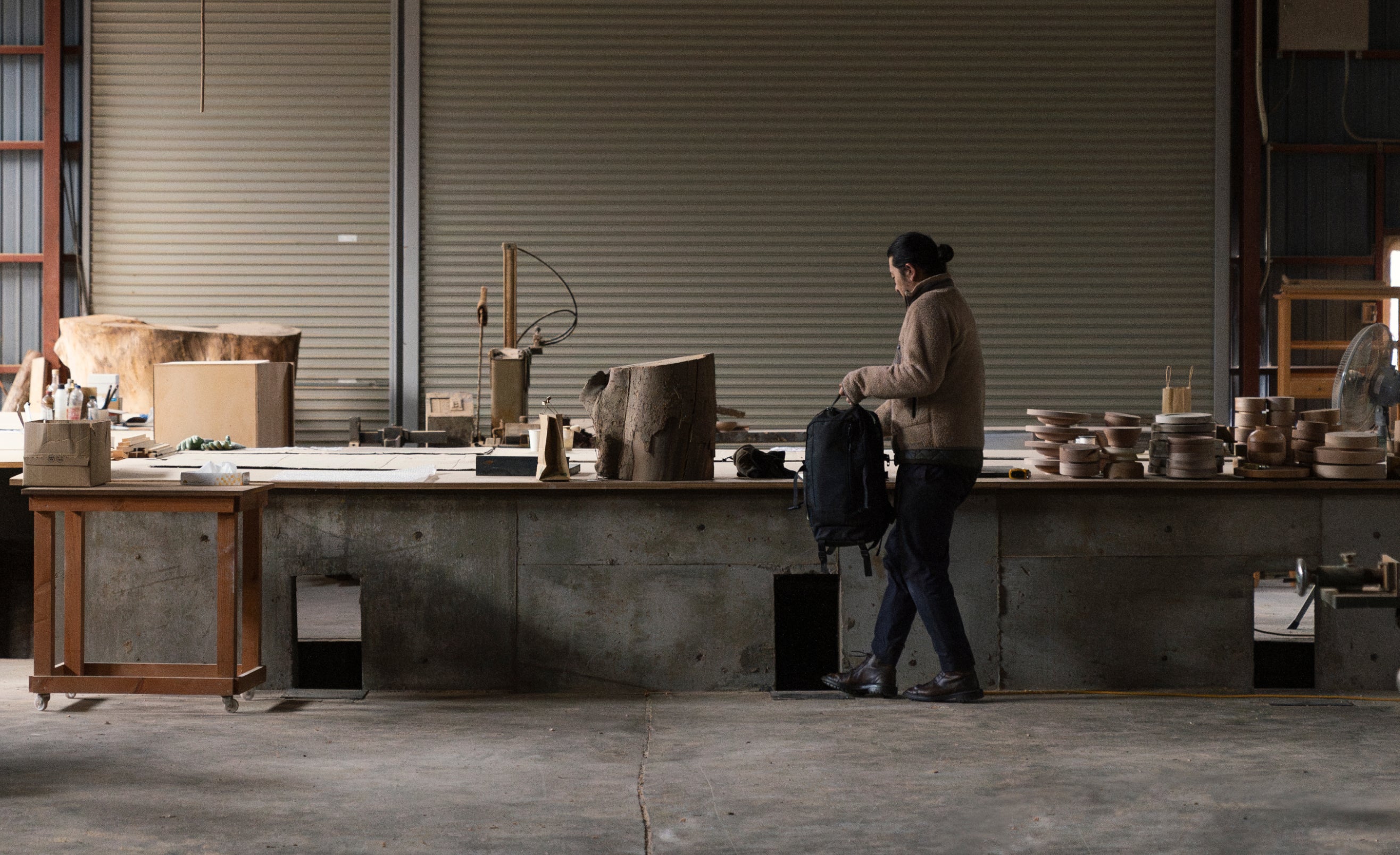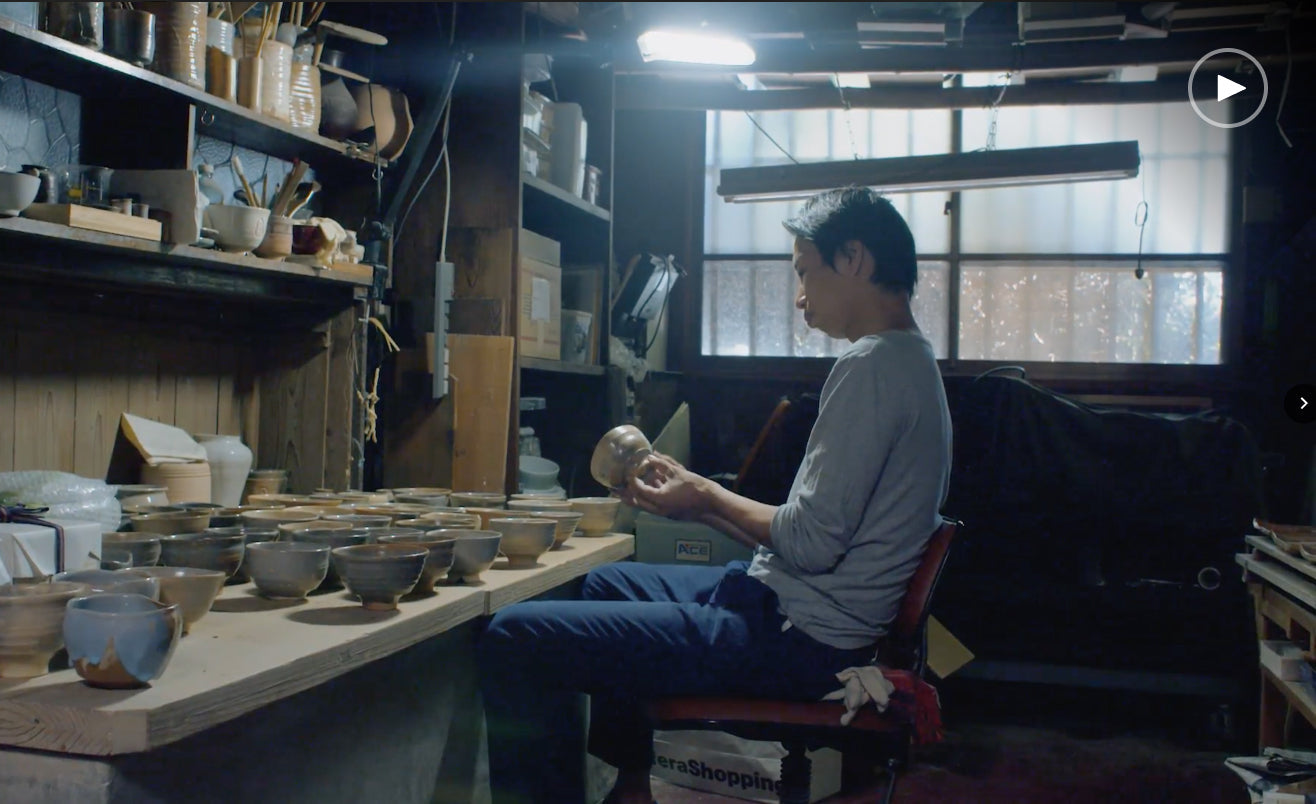Published April 14th 2019 on the former blog
The Miho Museum is a modern museum with a mystifying history. Nestled in the mountains of Shigaraki southeast of Kyoto (an area traditionally known for its ceramic kilns), the Miho was founded by Mihoko Koyama, who believed that works of art have spiritual energy.
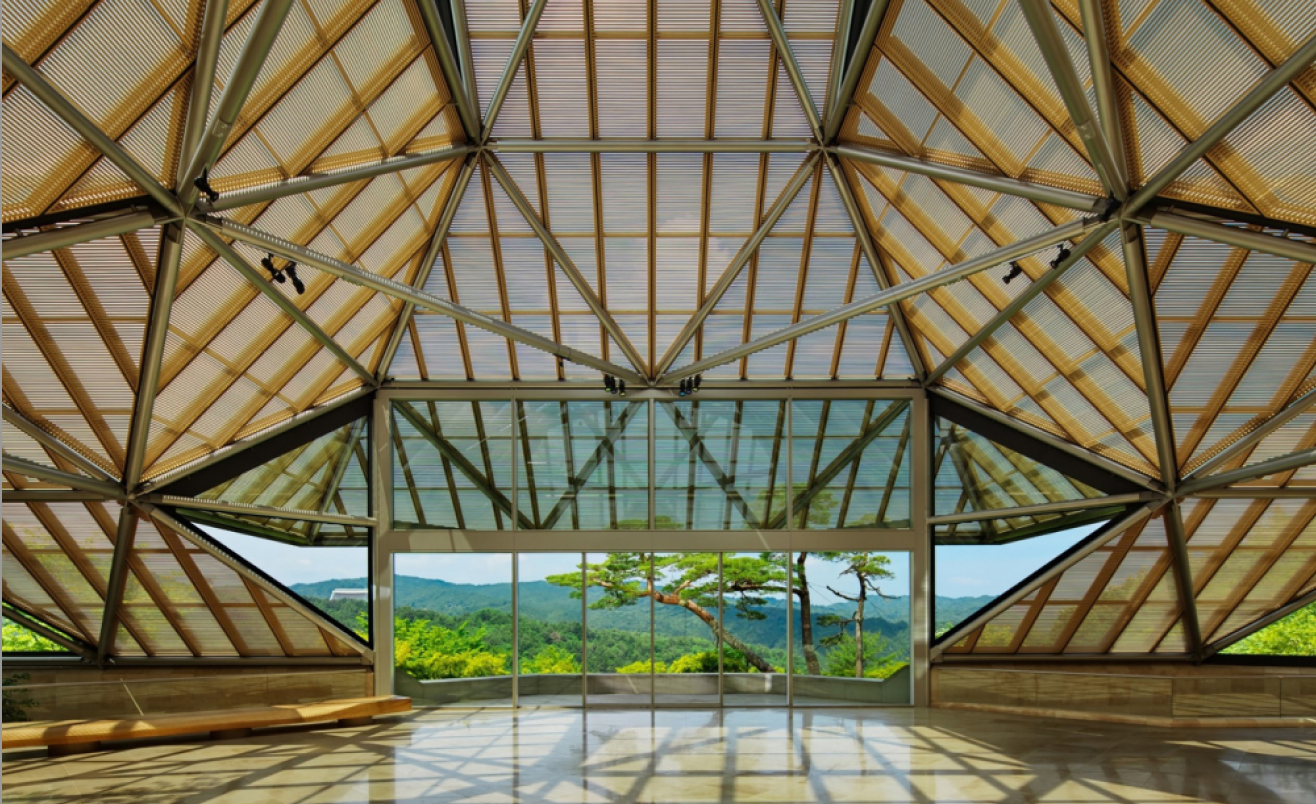
Mihoko was the originator of Shinji Shumeikai, a Japanese New Religion that believes great art exudes a special power that can spark a genuine change in the viewer. Sincerely convinced in her faith (and flush with wealth from a family inheritance), in the early 1990s she made up her mind to establish a museum to house her collection of ancient tea ceremony objects.
The architect I.M. Pei - famous for the glass pyramid at the Louvre - had in 1989 constructed a bell tower at the headquarters of her religious group, so she approached him with the idea for an art museum. Pei agreed, but only if Mihoko was willing to diversify her collection to appeal to international visitors. She didn’t bat an eye. Today the Miho Museum houses a formidable cache of over 1,000 art objects from Japan, Egypt, China, Korea, and the Middle East, all reputedly worth about $2 million.

As Mihoko’s collection snowballed to include fine art from all over the world, the visions for the Miho grew more and more elaborate. Pei carved much of the museum into the mountainside - today 80% of the structure is underground - and it’s hard to tell how big the entire building is, unless you have an aerial view.
There’s an old Chinese tale about the “Peach Blossom Spring,” in which a fisherman follows a mountain stream, and stumbles upon a grove of peach trees in bloom. The stream leads him to a glowing cave, which turns out to be a portal to a utopian land. Pei and others have compared the Miho and the surrounding area to this idyllic peach blossom universe, and the journey to the museum certainly feels like part of an otherworldly pilgrimage.

After a lengthy trek via train and bus, visitors cross a suspension bridge leading to a cave-like tunnel. In the spring, the tunnel is illuminated by gorgeous pink cherry trees, an unmistakable reference to the peach blossom myth. In 2017 Louis Vuitton hosted a fashion show at the Miho, turning the tunnel and bridge into an ethereal runway.

Mihoko spent a greater portion of her life intoning the spiritual effects of art, but she also revered lifestyles fed on healthy and natural foods. The museum cafe serves meals uplifted by an array of fresh organic vegetables, grown without pesticides to the standards set by Shinji Shumeikai. A trip to the Miho Museum is truly a healing experience, in more ways than one.
